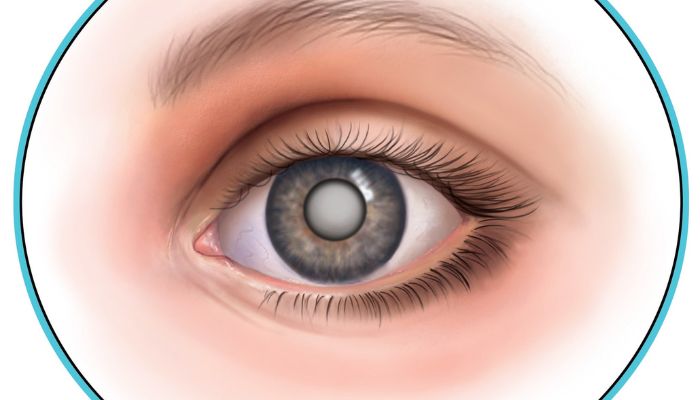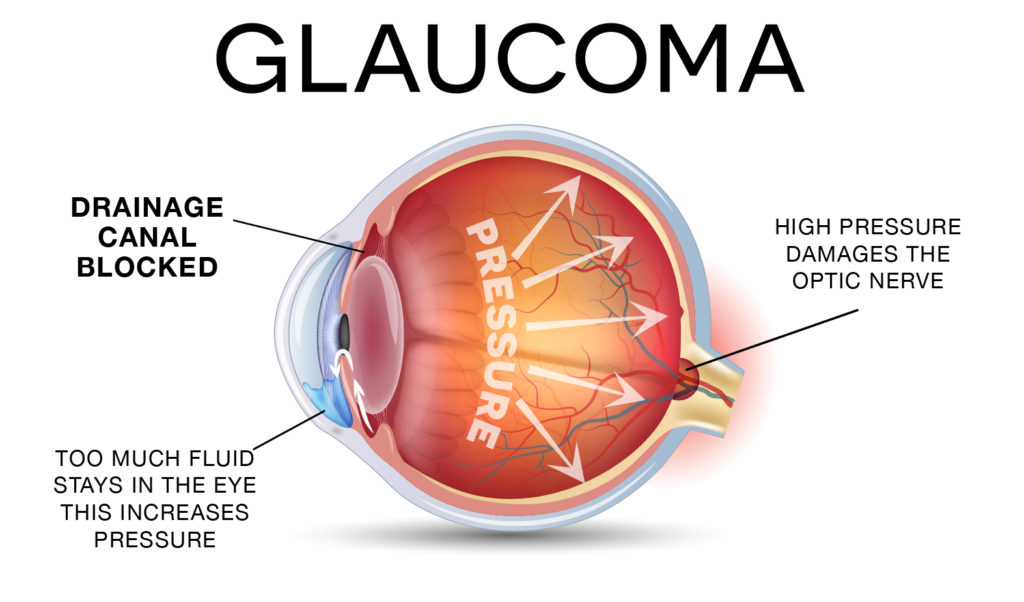Understanding the Link Between Diabetes and Vision Loss

Over time, diabetes can have detrimental effects on overall health, especially your eyes. Diabetes and vision have almost a direct link, leading to vision impairment and even blindness. However, the positive news is that effectively managing your diabetes and undergoing routine eye examinations can significantly bring down the risk of vision problems and halt their progression.
Individuals with diabetes are susceptible to several eye conditions, including diabetic retinopathy, macular edema (often associated with diabetic retinopathy), cataracts, and glaucoma. These diseases have the potential to cause vision loss, but early detection through regular eye exams and prompt treatment can play a significant role in preserving your eyesight.
By actively managing blood sugar levels, blood pressure, and cholesterol, individuals with diabetes can reduce their risk of developing these eye complications. Furthermore, undergoing comprehensive eye examinations on a regular basis, as recommended by healthcare professionals, is crucial for early detection and timely intervention to protect against vision loss associated with diabetic eye diseases.
How does diabetes affect the eyes?

Diabetic Retinopathy
In the initial stages of this condition, blood vessels present at the rear of the eye may become weakened, swollen, and leak fluid. This can cause retina damage, which is responsible for converting incoming light into signals for the brain to interpret.
As time progresses, new blood vessels may develop in an attempt to replace the damaged ones, resulting in symptoms such as:
- Gradual deterioration of vision
- Sudden loss of vision
- Seeing shapes or spots in your field of vision
- Blurriness in vision
- Eye discomfort or redness
The progression of diabetic retinopathy vision loss can be so gradual that changes in vision may go unnoticed. Therefore, regular eye exams are crucial for identifying diabetic retinopathy early on, enabling timely action to preserve vision and prevent further complications.
Cataract
Cataracts are a prevalent eye issue that occurs quite often in individuals with diabetes compared to those without the condition. A cataract results in the clouding of the eye’s lens, resulting in blurred vision. In certain instances, surgical intervention may be required to remove the cataract and restore clear vision. Effective control of blood sugar levels and consistent eye check-ups are essential for detecting cataracts in their early stages.

Diabetic Macular Edema
When it comes to diabetes and eye problems, Diabetic Macular Edema is also one of the most common occurrences. In this eye condition, the macula, a critical part of the retina responsible for central vision and tasks like reading and recognizing faces, becomes swollen due to diabetes. This swelling can trigger symptoms such as blurred vision and a progressive decline in visual acuity.
Macular Edema can affect one or both eyes, making it challenging to detect initially.
Glaucoma
Glaucoma is a condition marked by elevated pressure within the eyes, which can cause gradual damage to the optic nerve. Without proper treatment, it may lead to irreversible vision impairment or blindness. Individuals with prolonged, uncontrolled diabetes face a heightened risk of developing glaucoma. Therefore, routine screenings and timely identification are essential for effectively managing this condition.

Swelling of the Eye Lenses
Talking about diabetes and blurred vision, diabetic people can also develop swelling of the eye lens, resulting in blurry vision. Rapid changes in blood sugar levels, especially from low to normal, can impact the shape of the eye’s lens and affect vision clarity. Once blood sugar levels stabilize, vision typically returns to normal. When obtaining eyeglasses, it’s important to ensure that blood sugar levels are well-controlled before the examination to obtain the most accurate prescription for glasses.
Opt for regular eye exams to manage diabetic eye diseases
Regular eye examinations are imperative for individuals with diabetes to effectively manage and treat diabetic eye diseases, which can have a deep impact on vision if left untreated. By scheduling regular visits with an optometrist or ophthalmologist, any changes or complications in the eyes due to diabetes can be promptly detected and addressed.
During a dilated eye examination, the healthcare provider will thoroughly assess the back of the eyes for abnormalities caused by elevated blood sugar levels. This proactive approach is crucial because diabetic retinopathy often progresses without noticeable symptoms until it reaches an advanced stage. Early detection through regular eye exams enables timely intervention and helps prevent further vision impairment.
Consistent monitoring through routine eye check-ups plays a vital role in preserving good vision and overall eye health for individuals living with diabetes. By promptly addressing any changes observed in the eyes, the risk of long-term complications can be minimized.
To know more about preventive measures and treatment of diabetic eye problems, get in touch with our eye specialist and retinal surgeon – Dr. Madhav Rao.





